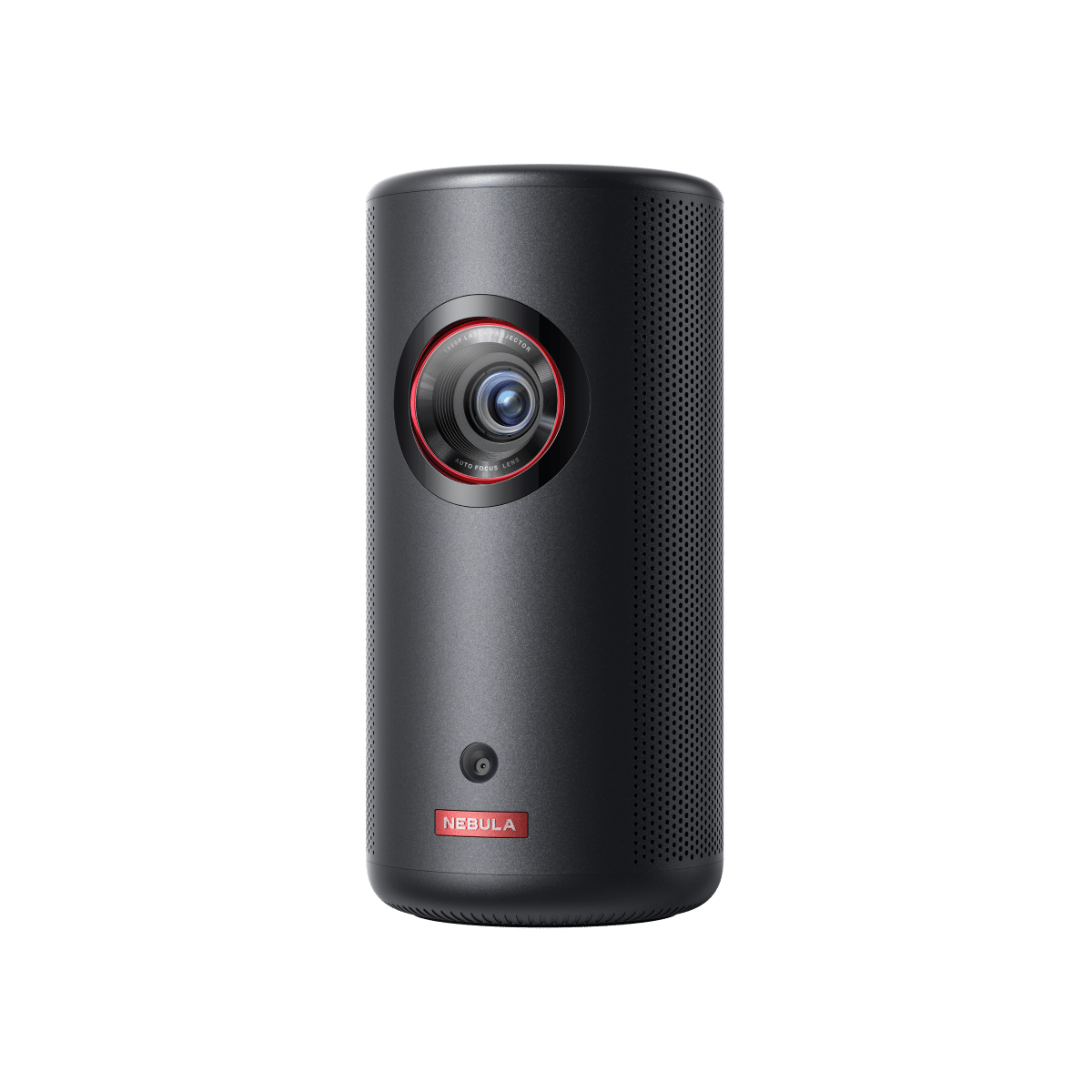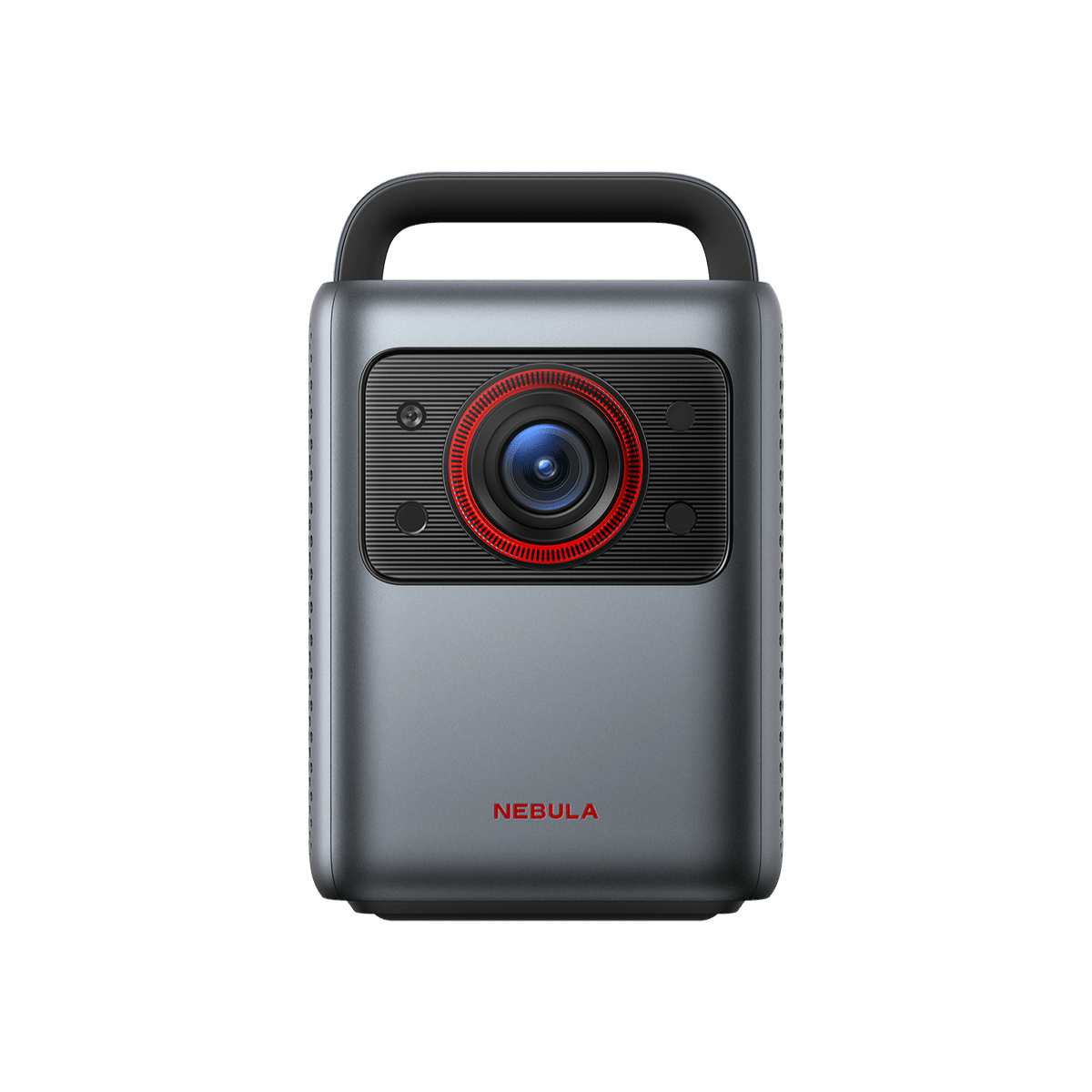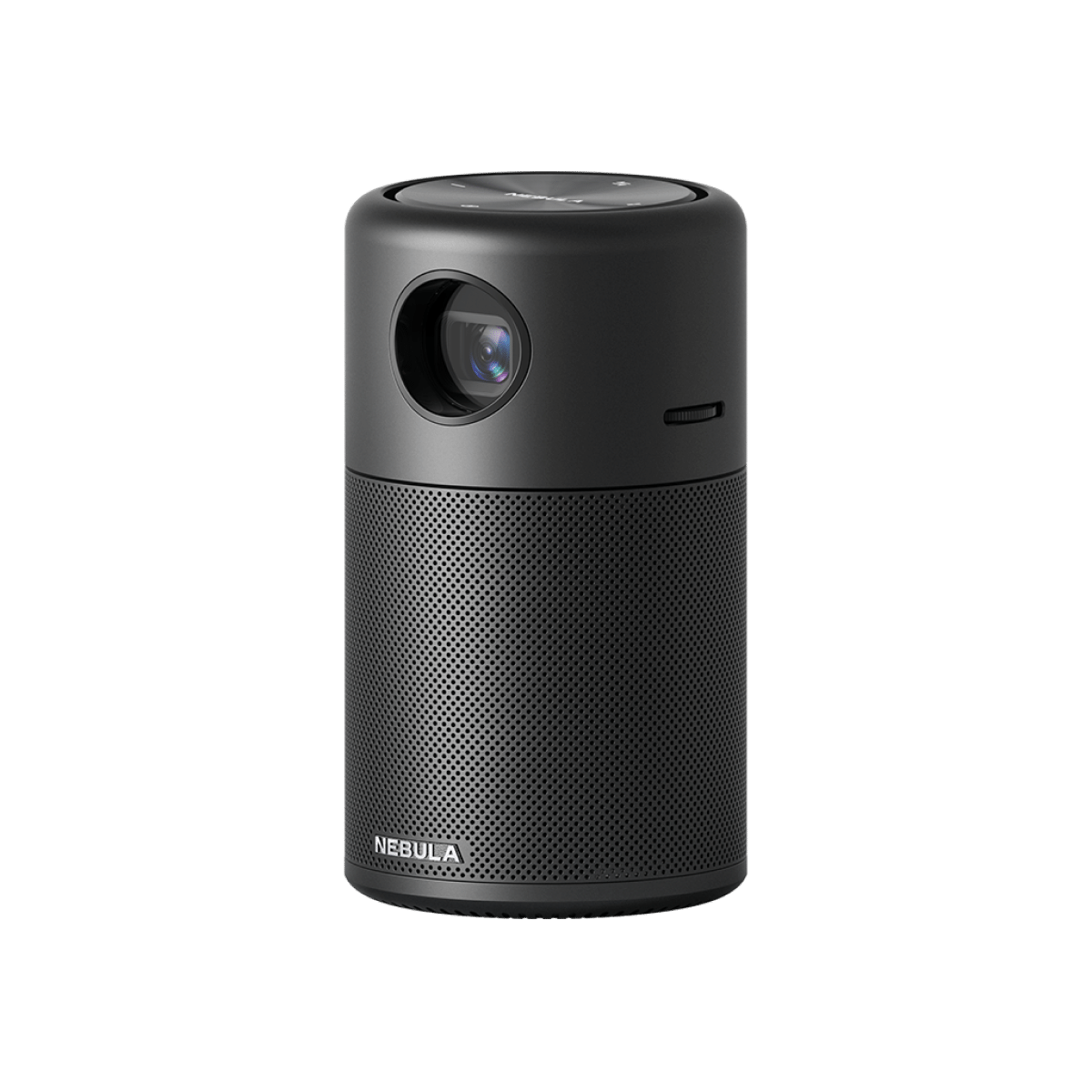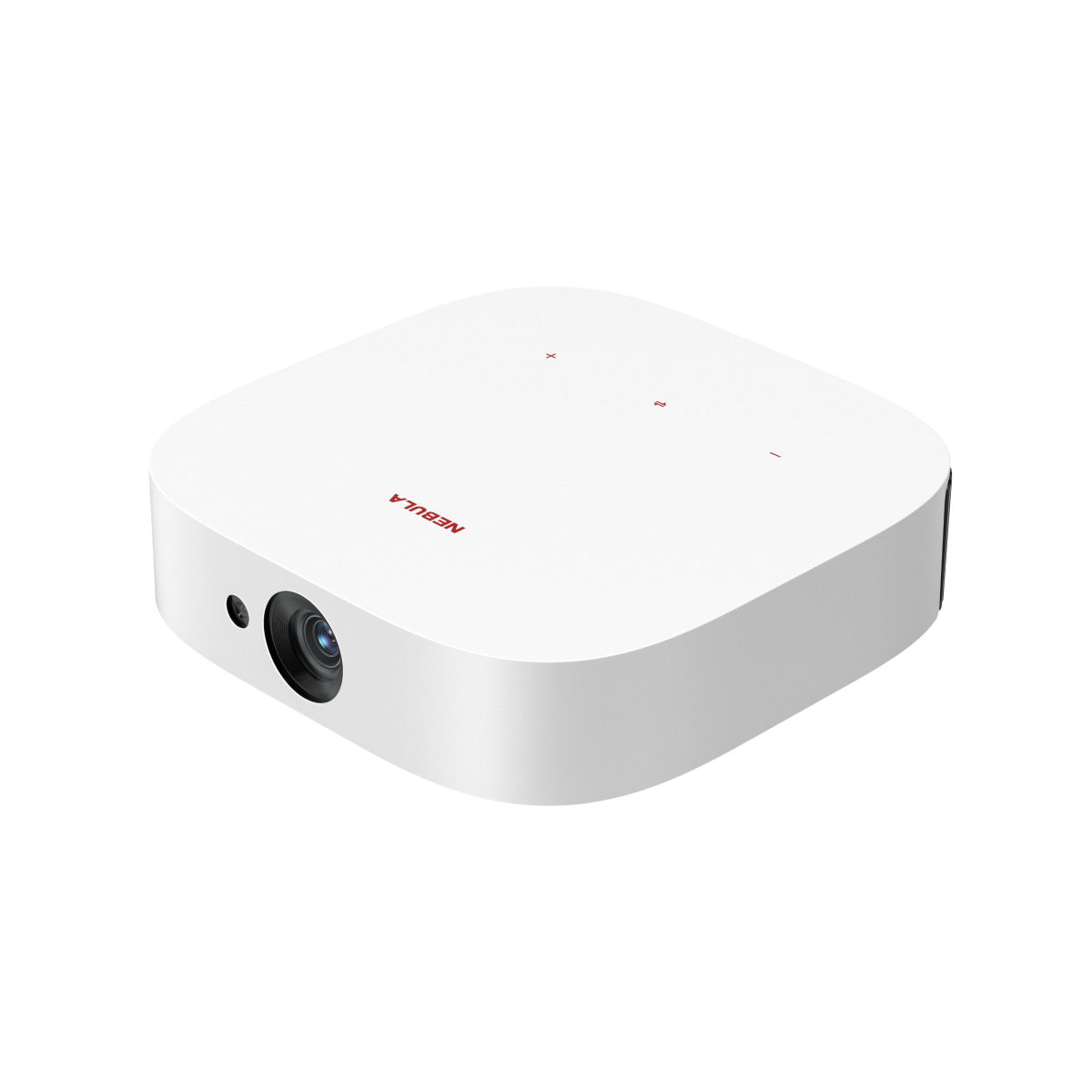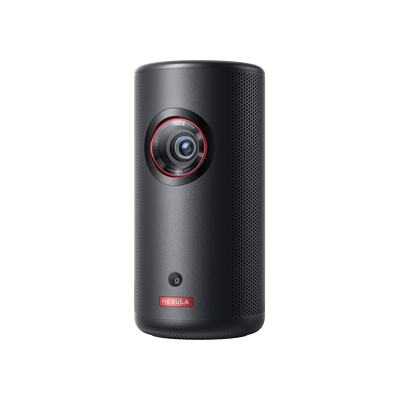In our rapidly advancing technological landscape, the ways we view content continue to diversify and expand. With the increasing versatility of modern projectors, many are beginning to ask - is a projector a feasible replacement for the conventional monitor, or can you use a projector as a second monitor?
While traditional monitors have been the default choice for years, the allure of a more cinematic and immersive visual experience is leading many to explore the option of using a projector as a monitor. This piece illuminates the intricacies of this choice, weighing the advantages and drawbacks of both traditional monitors and projectors, and offers insights to guide your setup if you opt for an innovative projector monitor.
Can I Use a Projector as A Monitor?
When set up correctly, a projector can provide a unique and practical alternative to standard monitors. Whether you’re aiming for an immersive gaming experience or wanting to elevate everyday computing tasks, there’s an undeniable appeal in the expansive display a projector offers.
However, this approach does come with challenges, from image quality issues to considerations about ambient lighting and setup logistics. Dive into this discussion as we delve into the pros and cons of using a projector versus a traditional computer monitor, guiding you to make an informed choice for your viewing needs.
Projector VS. Traditional Monitor: Are Projectors Better Than Traditional Monitors
Navigating this choice isn’t black and white. Every user’s needs, space, and intended applications paint a unique scenario that leans the scale in favor of either option. So, let’s delve deeper, laying down the intricate details of each option, their advantages, and potential drawbacks.
Benefits of Using a Projector as a Monitor
- Immersive Experience: One of the most alluring aspects of using a projector is the ability to project onto a vast screen or wall, offering a cinematic or immersive experience unmatched by most monitors.
- Adaptive Screen Size: Depending on the room’s size and the projector’s throw distance, users can adjust the screen size, ensuring optimal viewing based on their needs.
- Flexibility & Optimized Space: Projectors offer versatile placement options—from ceilings to tables to walls—eliminating the bulk of traditional monitors. This results in a more open, minimalist environment, optimizing both appearance and space.
- Eye Comfort: Projectors lead to less eye strain due to their larger, softer images and increased viewing distance. The diffused light minimizes harsh contrasts, offering a more comfortable and relaxed viewing experience, promoting eye health.
Disadvantages of Using a Projector Instead of a Computer Monitor
1.Ambient Light Sensitivity: Projectors are highly sensitive to ambient light. In environments with a lot of natural or artificial light, the image quality can degrade, appearing washed out or lacking in contrast. This requires users to control room lighting meticulously, which can be inconvenient and limit the projector’s usability during the day or in well-lit spaces.
2.Resolution Constraints: While there are high-resolution projectors available, many affordable options might not match the sharpness of a good-quality computer monitor. This can be a significant downside for tasks requiring high detail, like graphic design or high-definition gaming.
3.Maintenance & Cost: Projectors demand more maintenance. The lens can gather dust, and bulbs need replacement after a certain number of hours. These maintenance needs can incur additional costs and downtime, impacting the overall convenience and cost-effectiveness.
4.Heat and Noise Emission: Projectors can produce more heat and noise compared to a monitor, which might be distracting in quiet spaces.
5.Installation and Adjustment: Setting up a projector can be more complicated, involving ceiling mounts or tables, and intricate adjustments to get the image just right. This can make the setup process cumbersome, and adjustments may need to be made frequently based on the viewing environment.
Benefits of a Computer Monitor
- Consistent Image Quality: Monitors maintain consistent brightness, contrast, and color accuracy. Their performance is less affected by ambient room lighting, ensuring that visuals remain sharp and vibrant in a variety of conditions.
- Higher Resolutions and Refresh Rates: Modern monitors can offer extremely high resolutions, making text and images crisp. Additionally, higher refresh rates available on many monitors make motion smoother, which is especially beneficial for gaming and video playback.
- Color Accuracy: Professionals in fields like graphic design, photography, and video editing often rely on the accurate color reproduction that calibrated monitors provide. This level of precision is harder to achieve with projectors.
- Built-in Features: Many monitors come with integrated features like speakers, multiple input ports, USB hubs, and even webcam setups, offering a comprehensive and streamlined user experience.
- Immediate Response: Monitors have virtually no warm-up time. As soon as they are powered on, they display images at full brightness and color accuracy, unlike some projectors that may need a few minutes to reach optimal performance.
Downsides of a Computer Monitor
- Limited Screen Size:Traditional monitors are confined to their physical dimensions. Despite the trend of increasingly larger screens, they still struggle to compete with the expansive display a projector offers.
- Fixed Positioning:Monitors are typically fixed on a desk or mounted on a wall. Their lack of mobility can be a limitation if you want to change your viewing environment or need a display in a different location.
- Eye Strain:Monitors emit direct light, which can lead to eye strain over extended periods, especially in low-light conditions or when the brightness and contrast settings are not optimally adjusted. The smaller screen size can also cause viewers to squint or strain to see details, exacerbating eye fatigue.
- Glare & Reflections: While monitors are less affected by ambient light compared to projectors, glare and reflections on the screen from surrounding light sources can still affect the viewing experience. This can lead to squinting and frequent adjustments in seating position to avoid the light interference, leading to visual discomfort and decreased productivity.
How to Use a Projector as a Computer Monitor?
Now, if you’ve decided to go for a change from the traditional monitors, there are essential factors to consider. Whether you’re seeking an immersive cinematic experience or exploring how to use a projector as a second monitor for work, it’s vital to understand the intricate setup involved to optimize the user experience. Here’s an elaborate step-by-step guide:
- Select the Right Projector:
Resolution: For daily tasks or casual use, a 720p or 1080p projector is sufficient. However, for high-definition graphics, gaming, or professional work, consider a 4K projector like our Cosmos Laser 4K 2200 ANSI Lumen projector.
Brightness: Measured in lumens, this determines the projector’s light output. A brighter projector (1000 ANSI lumens or more) is preferable for well-lit rooms.
- Ensure Proper Connectivity:
Connection Ports: Check both your computer and projector for compatible ports. Modern devices usually have HDMI ports, but older models might rely on VGA or DVI. You may need adaptors if there's no direct match.
Wireless Options: Many smart projectors today support wireless screen mirroring, enabling you to connect your computer to the projector without cables.
- Positioning:
Throw Distance: This refers to the distance between the projector and the screen (or wall) to get a clear image of a specific size. Some projectors require a long distance, while short-throw or ultra-short-throw projectors are designed for smaller spaces.
Angle & Height: Position the projector perpendicular to the screen to avoid image distortion. Mounting: Depending on your setup, you might want to mount the projector on the ceiling or place it on a stable surface.
- Screen Considerations:
While a blank white wall can work, for the best results, consider investing in a projector screen. They're designed to reflect light in a way that maximizes image quality.
- Adjust Computer Settings:
Resolution Matching: Go to your computer’s display settings and adjust the resolution to match the projector’s native resolution for optimal clarity.
Extended or Duplicate Display: In display settings, you can choose to duplicate your screen or extend it. Duplicating will mirror your screen, while extending allows you to use the projector as a second monitor for a larger workspace or multitasking.
- Sound Setup:
If the projector doesn’t have built-in speakers or if they’re not sufficient, you can connect an external sound system. Ensure the audio output setting on your computer corresponds to your desired audio source, be it the projector itself or an external system.
- Ambient Light:
Projectors are sensitive to ambient light. For the best image quality, control the room’s lighting. Use blackout curtains or position the projector/screen in a way that minimizes direct light interference.
- Regular Maintenance:
Dust and clean the projector lens with a soft cloth to ensure a clear image. Depending on usage, you might need to replace the lamp after a few years. Keep the projector’s vents clear to prevent overheating.
By following these steps and considerations, you can effectively use a projector for your computer monitor. Whether for work, gaming, or entertainment, this setup can provide a unique and expansive visual experience.
Conclusion
Choosing between a projector and a traditional monitor boils down to individual preferences, needs, and the intended application. While projectors offer a larger-than-life viewing experience ideal for movie enthusiasts and those looking for an expansive workspace, traditional monitors remain the go-to for tasks that demand precision, color accuracy, and consistency. Should you choose to journey into the world of using a projector as a monitor, the guidelines provided above will ensure a smooth transition. Whichever route you pick, the most crucial aspect is that it meets your requirements and enhances your digital experience.
Frequently Asked Questions about “Projector as A Monitor”
Is Projector Better for Eyes Than Monitor?
Yes, a projector can be better for the eyes because it provides larger images, often viewed from a distance, and uses reflected light, which can be gentler on the eyes than the direct light from monitors. However, proper setup and ambient lighting are essential for optimal comfort.
What Are the Pros and Cons of Using a TV As A Computer Monitor?
Using a TV as a computer monitor can provide a large display but may have lower resolution and higher input lag compared to dedicated monitors. The choice depends on your specific needs and the TV's specifications.
